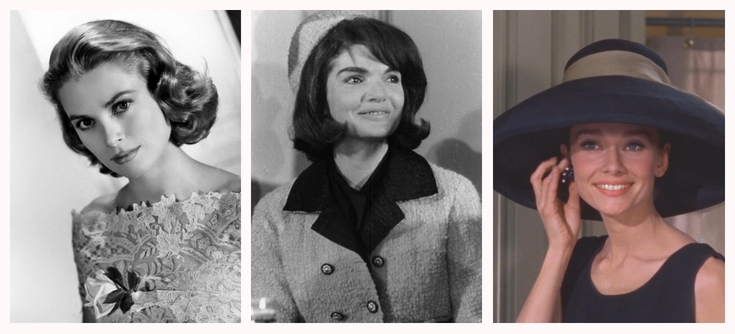Style Icons Through the Decades: Drawing Inspiration from Fashion Legends
Design is a type of self-articulation that has developed throughout the long term, impacted by a bunch of style symbols who made a permanent imprint on the business. These symbols formed their times as well as keep on moving design fans today. We should take an excursion as the decades progressed and investigate how you can draw motivation from these design legends to make your remarkable style.
The 1950s: Audrey Hepburn
The 1950s were portrayed by class and womanliness, and Audrey Hepburn exemplified this time’s style. Known for her immaculate taste, Audrey’s closet comprised of straightforward yet refined pieces like the little dark dress, fitted pants, and exemplary artful dance pads. To draw motivation from Audrey, center around clean lines, immortal outlines, and downplayed adornments. A dark sheath dress matched with pearl hoops can catch her notable look easily.
The 1960s: Twiggy
The swinging ’60s achieved an upheaval in design with its striking and trying styles. Twiggy, the notorious English model, typified the period’s mod design with her pixie hair style and articulation eye cosmetics. To channel Twiggy’s style, select smaller than normal skirts, shift dresses, and realistic examples. Embrace strong eyeliner and mascara to catch her particular doe-peered toward look.![]()
The 1970s: Farrah Fawcett
The ’70s were about bohemian stylish and easygoing allure. Farrah Fawcett, with her padded hair and loosened up California style, turned into a design symbol. To channel Farrah’s style, think erupted pants, bordered vests, and floppy caps. Embrace regular, sun-kissed cosmetics and disheveled hair for a ’70s-enlivened look.
The 1980s: Madonna
The 1980s were 10 years of overabundance, and Madonna was at the front of this style unrest. Her troublemaker motivated style highlighted fishnet stockings, intense frill, and articulation cowhide coats. To draw motivation from Madonna’s style, consolidate cowhide, trim, and fishnet into your closet. Try not to avoid intense cosmetics, including brilliant eyeshadows and strong red lips.
The 1990s: Kate Greenery
The ’90s achieved a more moderate way to deal with design, with supermodel Kate Greenery driving the way. Her style was about easy coolness, portrayed by slip dresses, curiously large wool shirts, and thin pants. To channel Kate’s ’90s look, embrace moderation, layering, and unbiased tones. Keep cosmetics downplayed with an emphasis on regular excellence.
The 2000s: Sarah Jessica Parker
The mid 2000s saw a blend of mixed styles, and Sarah Jessica Parker’s personality, Carrie Bradshaw, from “Sex and the City” turned into a notable design figure. Carrie’s style was a mix of high design, classic pieces, and peculiar frill. To catch Carrie’s style, try different things with striking style decisions, embrace fashioner marks, and go ahead and blend and match. Proclamation heels and interesting headpieces can add a dash of “Carrie” to your look.
The 2010s: Rihanna
During the 2010s, Rihanna arose as a style awe-inspiring phenomenon. Her style was trying, steadily developing, and proudly intense. From honorary pathway outfits to streetwear-propelled looks, Rihanna’s design decisions were different. To draw motivation from Rihanna’s style, be dauntless in your design decisions, explore different avenues regarding surfaces and varieties, and consolidate explanation embellishments. Certainty is key while diverting Rihanna’s style.
The 2020s and Then some: Your One of a kind Style
As we step into the 2020s and then some, style has become more comprehensive and different than any other time. In this time, it’s memorable’s fundamental that style is an impression of your distinction. While drawing motivation from style legends of the past is significant, remember to embrace your interesting character and inclinations.
